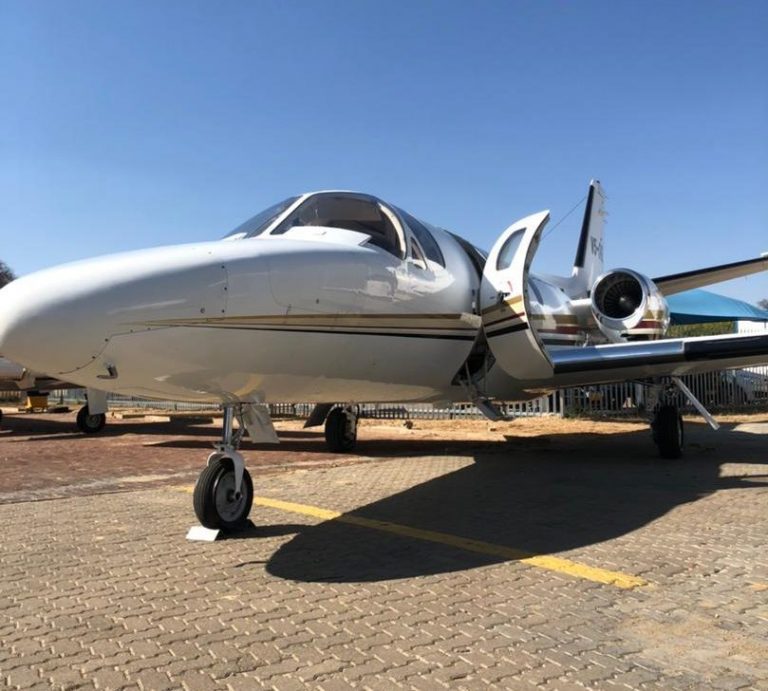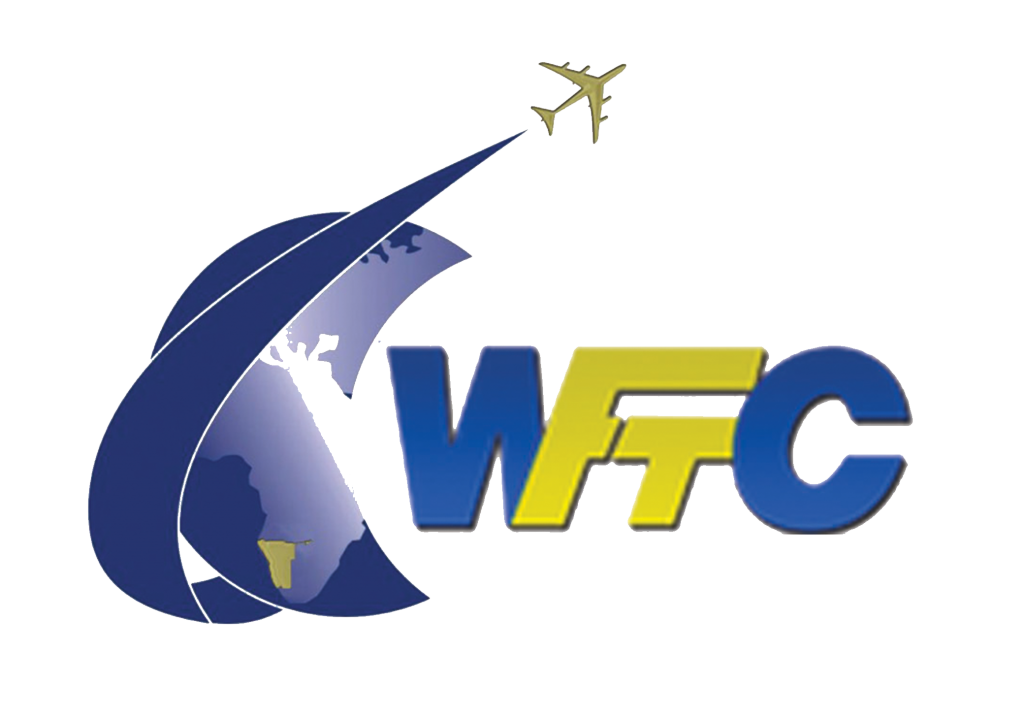Our Fleet








Frequently asked questions
By law, a minimum of 45 hours is required. This consists of 25 hours dual instruction and 15 hours solo flight, with further 5 hours simulator instrument training. This though, is the legal minimum. Additional hours may be needed to complete the syllabus depending on the student’s aptitude and progress.
Yes, you can. Packages will be tailor-made to suit the individual’s needs. This depends on how often you want to fly and how much you can afford. You can meet the Chief Flying Instructor (CFI) to discuss your needs with regards to working out an individual package.
Training is done on a one-to-one basis, thus you can start your training any time during the year when you are ready.
As an instructor you will earn between NAD 6500 and NAD 12000 per month after you have completed school. You can earn more, depending on how hard you are willing to work.
Yes, in most countries. However, the medical examination, Air Law examinations and PPL flight test must be re-done in that country. The requirements are similar to those applicable to an overseas pilot wishing to fly in our country.
At least every 10 flying hours, where after you (the school and learner) will receive a progress report on performance.
When beginning your PPL training, bear in mind that you can only be sent on your initail solo on reaching the age on 16. If youbegin you training before you are 16 you will be ready to go solo long before your 17th birthday. The proble hre is that it becomes costly to maintain your flying skills while waiting untill you are 17. In these circumstances you have to fly far more hours than required.
Definitely. In the aviation industry one needs to take every opportunity possible. If you are thinking of making a career in aviation, you need to aim at qualifying as a Commercial Pilot as early as possible. If you can finish your PPL and Night Rating whist still at school, you will be ready to qualify for you Commercial License in the first years after you matriculate. This means you could be a Commercial Pilot and possible an instructor at the age of 18 or 19 an obvious advantage.
Taking one training flight a week is ideal. However, keep in mind that the more regularly one flies, the quicker the learning process.
Not at all. The PPL ground school is mainly conducted after school from 2pm to 4pm. The subject consist of:
- Principles of Flight
- Engine and Airframe
- Air Law
- Meteorology
- Navigation
- Radio Telephony
- Human Factors
- Aircraft Instruments
- Flight Planning
All other PPL training lectures are given as a one-on-one between student and instructor.
Ground school lasts about two terms. once you have completed the ground phase you can commence with the flying phase. At WFTC we structure it in such a manner that you benefit to the maximum extent. This maximizes the experience you gain in this time, rather than just flying on an ad-hoc basis and in effect achieving very little.

